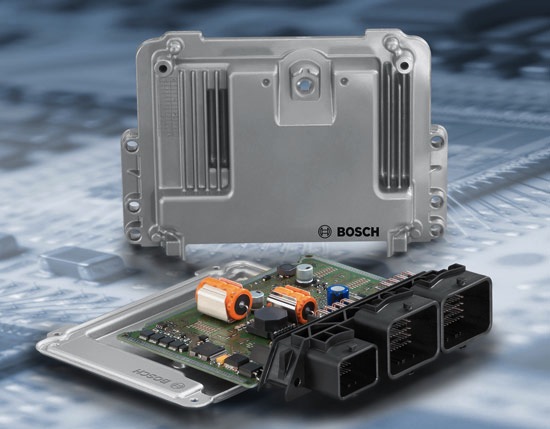
How to choose alloy wheels for a car
Alloy wheels look much more beautiful than ordinary stamped ones. An alloy wheel gives the car a special image, making it look like a sports car. If you put such a disk on a car of class “C”, “D” or “E”, then this will only emphasize the high status of the owner.
How to choose alloy wheels, what should you pay attention to?
First of all, experts recommend choosing discs, and indeed any spare parts, only in certified dealer stores. It is no secret that now it is very easy to buy a fake, which will not only lose its appearance over time, but can also lead to irreparable consequences.
Magnesium or aluminum?
Alloy wheels attract motorists with their low weight. When you go to an auto parts store, you can be amazed at the wealth of choice, there are wheels of various configurations, with a different number of spokes. Chrome-plated surfaces shine in the sun and drivers already imagine what their car will look like after changing wheels.
Discs are made mainly from aluminum or magnesium alloys. It is these metals that have a huge margin of strength and ductility, but still the driver should think about the question - which is better?
The answer is ambiguous, it all depends on the operating conditions. Both magnesium and aluminum are covered with a thin oxide film upon contact with air, which protects the metal from negative influences. But on magnesium discs, this film cannot successfully withstand the effects of chemicals that are poured on roads in tons in the autumn-winter period. The oxide film on aluminum easily tolerates the influence of various aggressive environments, and it is not in vain that aluminum cookware can serve for a long time.

Aluminum, as is known from chemistry, is not as susceptible to corrosion as iron or steel. Magnesium, on the contrary, requires constant protection, the oxide film is destroyed over time, especially at high temperatures and under the influence of an alkaline environment. That is, aluminum is definitely better, besides, such disks are cheaper.
The fact that aluminum is more ductile should also speak in favor of aluminum. Magnesium alloys with the addition of various metals - titanium or zirconium - have great strength, but constant loads and vibrations lead to gradual wear, that is, magnesium disks are installed on those cars that are planned to be operated on high-quality road surfaces.
Disc dimensions
Naturally, the wheels need to be selected according to the size and parameters of your car. That is, if your radius is R14, then you need to select the same alloy wheel. You can, of course, choose a larger radius, in which case you will have to change the rubber to a low-profile one, while the wheel diameter itself will not change.
Low-profile rubber provides better grip on the track, but it also wears out faster, especially on poor quality roads.
An important parameter is the disc overhang - the distance from the disc attachment point to the central axis of symmetry. This parameter must fully comply with the manufacturer's recommendations. The overhang is measured in millimeters, for some models a difference of 5 millimeters is allowed. If you want to tune it to a sports car, then professionals should be involved in changing the departure and replacing discs alone will not be enough. Judge for yourself:
- with a decrease in overhang, the track becomes wider, while the pressure on the hub and on the wheel bearings increases;
- with an increase, the wheels will rest against the brake assembly.
That is, you will have to seriously rework the suspension.

You also need to pay attention to the fastening - the disk must be suitable both in terms of the number of mounting bolts and their sizes, and in terms of the diameter of the central hole. If the diameter of the mounting hole can be adjusted using special adapter rings, which are often included in the kit, then the holes for the wheel bolts must match exactly. The diameter of the mounting bolts - PCD - is indicated by a double number - the number of bolts and diameter: 4 * 100 or 5 * 114,3 - that is, 4 holes with a diameter of 100 mm. If you pick up, for example, 4 * 98 or 4 * 102, then you simply will not be able to fully tighten all the bolts.
Rim width - indicated in inches. The rim width of the disc is 25-30 percent less than the width of the tire profile. A deviation of 0,5-1,5 inches is allowed, but if the difference is greater, then, firstly, it will be difficult to put the tire on the rim, and secondly, driving performance will deteriorate.
In this video, a specialist talks about how to choose wheels for a car and why it is so important.
Loading…
